What Makes a Book-to-Screen Adaptation Great?
Adapting beloved books into movies or TV shows is no easy feat.
I’ve written about this challenge before, but it seems more important than ever as the film industry continues to grapple with risk-averse decision-making.
In today’s world, studios lean heavily toward investing in well-established intellectual properties (IPs)—think bestselling novels, iconic franchises, or massive fanbases that have already proven their worth.
But here’s the catch: even a fantastic source material won’t save an adaptation if it’s not done right. A great story, yes—but how it’s told? That’s where the magic happens.
The monumental success of Game of Thrones kicked off a golden age of literary adaptations in both film and television. This success sparked a massive demand for fresh, exciting source material to bring to the screen.
But transforming a book into something visually compelling? Well, that’s a whole different ball game.
It’s like trying to take the rich world of a novel and squeeze it into a two-hour movie or a 10-episode series.
It sounds easy, right? Spoiler alert: It’s not.
Let’s dive into the challenges that come with literary adaptations, and how some stories turn out brilliantly, while others, well, not so much.
The Challenges of Literary Adaptations.
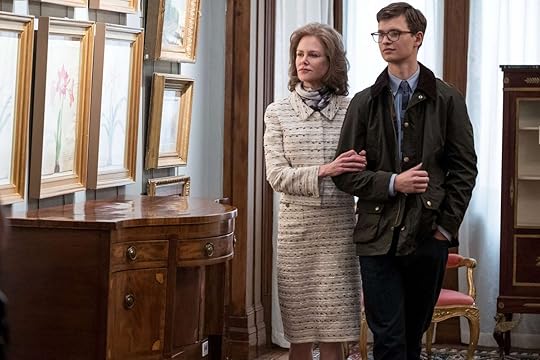 #1 – Condensing Lengthy Narratives.
#1 – Condensing Lengthy Narratives.
One of the biggest hurdles in adapting a novel is the sheer length of the source material. Novels often have rich subplots, deep character arcs, and inner monologues that make them unique in the first place—but these things don’t always translate neatly to film or TV.
There’s just no room to keep everything in a two-hour movie or a 10-episode series.
What gets cut? What stays? How do filmmakers keep the essence of the story intact?
Take Dune (2021), for example. Frank Herbert’s epic sci-fi saga is vast and sprawling—too much for one movie. So, director Denis Villeneuve did something clever: he split the story into two parts.
By doing this, he was able to preserve the intricate world-building and complex characters without watering them down. The result? A visually stunning, immersive experience that still felt true to its source.
On the flip side, The Goldfinch (2019), based on Donna Tartt’s Pulitzer Prize-winning novel, tried to cram too much into a single film. The novel’s introspective nature and multi-layered storytelling became lost, and the result was a rushed, fragmented adaptation that felt disconnected from the book’s rich narrative.
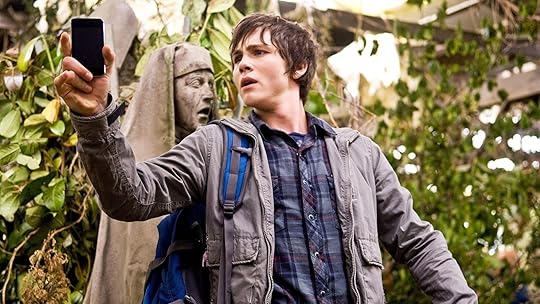
#2 – Balancing Faithfulness and Creative Freedom.
Fans of the original book often expect their beloved characters and plotlines to be represented exactly as they remember them.
But a strict word-for-word adaptation doesn’t always work in film or television. Books often dive deep into characters’ thoughts, emotions, and backstories, but too much of this can slow down the pacing of a movie or series.
Take The Handmaid’s Tale (2017-present). Hulu’s adaptation of Margaret Atwood’s novel remained largely faithful to the source, but it didn’t shy away from extending the story beyond the novel’s ending. By doing this, it was able to explore new directions while staying true to the core themes of oppression and resistance.
On the other hand, Percy Jackson & The Olympians: The Lightning Thief (2010) made significant changes to Rick Riordan’s story, which alienated fans. As a result, it didn’t quite capture the magic of the books.
The upcoming Disney+ series is looking to correct that by adhering more closely to the original material.
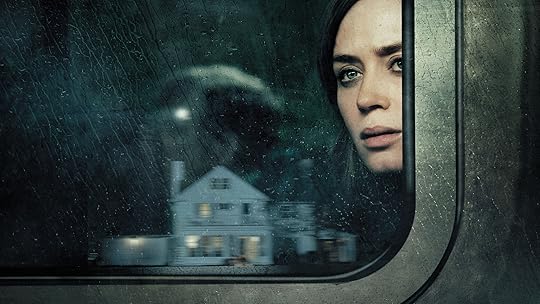 #3 – Translating Internal Narration and Character Psychology.
#3 – Translating Internal Narration and Character Psychology.
Books often give us a window into the characters’ minds, allowing us to hear their thoughts and feelings in a way that’s hard to capture on screen.
But how do you translate inner monologues and deep psychological insights visually? It’s a challenge.
David Fincher’s Gone Girl (2014) nailed this. The movie used alternating perspectives and unreliable narration, staying true to Gillian Flynn’s psychological thriller while keeping the tension high.
But not every film is so successful. The Girl on the Train (2016), for example, struggled with the same challenge. The film attempted to convey its protagonist’s fragmented memories and unreliable perspective, but it didn’t quite pull it off, leaving the story feeling muddled compared to the gripping novel.
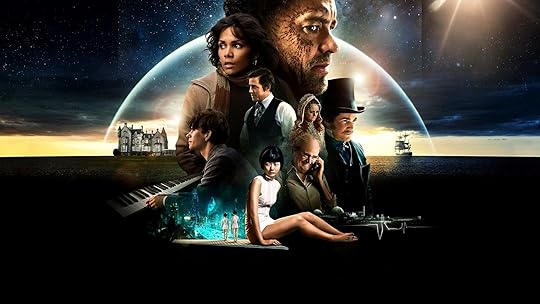 #4 – Handling Complex or Abstract Themes.
#4 – Handling Complex or Abstract Themes.
Novels often dive into deep, abstract ideas—things like nonlinear timelines, shifting identities, or complex philosophical musings.
Translating these abstract concepts into visual form requires a lot of creativity, and it doesn’t always work out as planned.
Consider Cloud Atlas (2012), which took a bold approach by interweaving six interconnected storylines across multiple timelines. It was an ambitious attempt to bring David Mitchell’s novel to life, but some viewers found the execution confusing.
On the other hand, Arrival (2016), based on Ted Chiang’s short story Story of Your Life, handled complex linguistic and philosophical themes with finesse. It used innovative editing and visual techniques to make those concepts not just understandable but emotionally resonant.
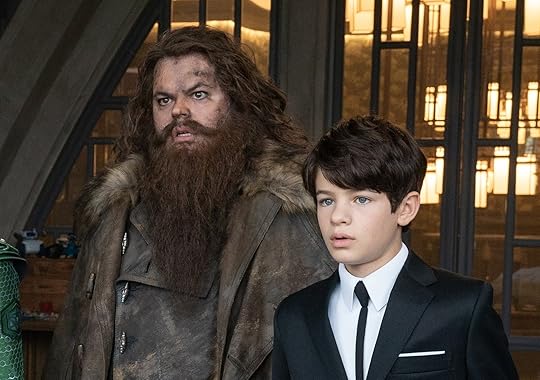
#5 – Meeting Fan Expectations While Appealing to New Audiences.
Striking the perfect balance between staying true to the original source and making the story accessible to newcomers is no easy task.
Fans of the books have deep emotional connections to the material, and any deviation can spark backlash. But you also want to make sure the adaptation stands on its own, so people unfamiliar with the book can enjoy it too.
Take Shadow and Bone (2021), for example. The series adapted multiple books from Leigh Bardugo’s Grishaverse and successfully combined them into one cohesive narrative. This approach made it easier for new viewers to jump in while still keeping enough elements from the books for existing fans to enjoy.
However, Artemis Fowl (2020) tried to change too much from the original book, and it ended up alienating both fans and newcomers, resulting in a critical and commercial flop.
The Triumphs of Literary Adaptations.
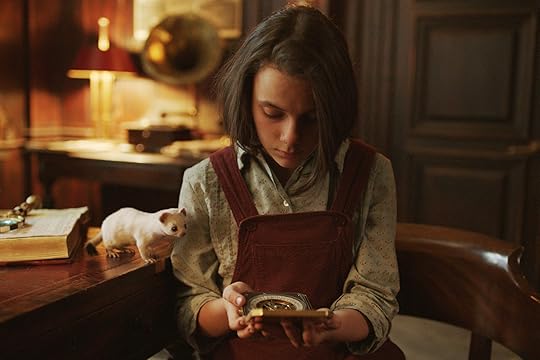 #1 – Expanding the Story for the Screen.
#1 – Expanding the Story for the Screen.
One of the benefits of adapting a book to television is that the format allows for more room to breathe.
TV shows offer the space to explore deeper character arcs, subplots, and themes that might get glossed over in a film. This is especially useful for complex novels with sprawling narratives.
Take His Dark Materials (2019–2022). The series format allowed for a richer, more faithful adaptation of Philip Pullman’s work compared to the 2007 film The Golden Compass. With multiple seasons to explore the world and its complex themes, the TV show captured much more of the essence of Pullman’s trilogy.
Similarly, Little Women (2019), directed by Greta Gerwig, used a non-linear timeline to bring a fresh emotional resonance to Louisa May Alcott’s classic. It was a perfect example of how an adaptation can honour the original material while also giving it a new spin
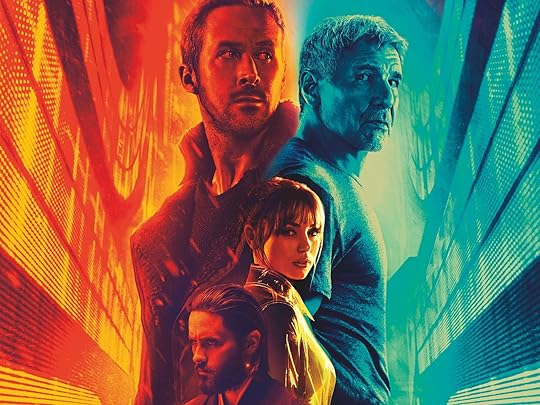
#2 – Using Visual Storytelling to Enhance the Narrative.
Film and television have a unique strength: visual storytelling. Through cinematography, lighting, colour schemes, and composition, filmmakers can convey emotions and themes in ways that words alone cannot.
This can be especially powerful when adapting literary works.
In Blade Runner 2049 (2017), the filmmakers used stunning visuals to expand on the existential themes in Philip K. Dick’s Do Androids Dream of Electric Sheep?. The cinematography created a rich, immersive world that deepened the philosophical questions at the heart of the novel.
Similarly, Call Me by Your Name (2017) used delicate cinematography to convey the subtle emotions of first love, capturing the intimacy of André Aciman’s novel without relying on heavy exposition.
 #3 – Leveraging the Long-Form Structure of TV.
#3 – Leveraging the Long-Form Structure of TV.
Television adaptations offer the unique advantage of more time to explore intricate details.
This is perfect for complex novels that require a slower pace and a more measured approach to character development.
Take The Queen’s Gambit (2020), for example. The series format allowed for
an in-depth exploration of Beth Harmon’s character, diving into her struggles with addiction, her chess mastery, and her relationships. It was a character study that would have been impossible to fully capture in a single film.
Station Eleven (2021), adapted from Emily St. John Mandel’s novel, was another example of how TV’s longer format can allow for a non-linear narrative that explores survival, art, and human connection in a way a movie simply couldn’t.
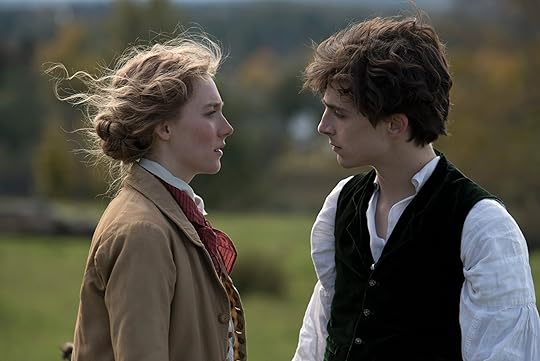 #4 – Updating the Story for Contemporary Audiences.
#4 – Updating the Story for Contemporary Audiences.
Sometimes, adapting a classic story for the screen means modernising it to reflect contemporary social issues and sensibilities.
This approach can breathe new life into old stories without losing their core message.
Greta Gerwig’s Little Women (2019) did just that, focusing on themes of independence and ambition—topics that resonate strongly with modern audiences.
Similarly, The Handmaid’s Tale adapted Margaret Atwood’s 1985 novel with a contemporary twist, making the story’s commentary on authoritarianism and women’s rights feel alarmingly relevant today.
 #5. Innovative Storytelling and Perspective Shifts.
#5. Innovative Storytelling and Perspective Shifts.
Sometimes, the best adaptations aren’t just about bringing a book to life—they’re about taking that beloved source material and giving it a bold, creative twist.
Whether it’s switching up the narrative style or adding a new perspective, these adaptations make the story even more dynamic and engaging on screen.
They don’t always stick to the original blueprint, but they elevate the material in a way that makes it feel fresh and exciting.
Take Big Little Lies (2017-2019), for example. Liane Moriarty’s book was already a gripping drama, but HBO’s adaptation kicked it up a notch by shifting between the perspectives of the key women involved in the mystery.
While the book was told from a more neutral third-person point of view, the show allowed each character’s voice to shine, giving viewers a deeper, more intimate look at their lives. Add in the stunning cinematography and tension-filled flashbacks, and you’ve got a story that feels like it could explode at any moment. Now that’s what we call a fresh spin!
Another standout example is The Night Manager (2016-2025). John le Carré’s spy thriller about a hotel manager-turned-secret agent was already packed with intrigue, but the BBC adaptation turned it into an absolute rollercoaster.
The stylish, globe-trotting presentation and modern flair breathed new life into the story, and the shift in perspective—told from Jonathan Pine’s point of view as he seeks revenge—pulled you straight into the world of high-stakes espionage. With its cinematic sophistication and gripping suspense, this adaptation is like a spy thriller you can’t stop watching. Talk about an edge-of-your-seat experience!
In both cases, these adaptations take the bones of the original stories and remix them into something that feels exciting, visually stunning, and emotionally charged. They prove that sometimes, a little perspective shift is all it takes to turn a good adaptation into a great one!
In Conclusion – Adapting literature to the screen is a delicate dance. It’s about preserving the essence of the original while embracing the visual strengths of film and television. Filmmakers must juggle the complexities of condensing lengthy stories, capturing the inner lives of characters, and translating abstract ideas into something tangible for audiences. They also have to find the right balance between satisfying loyal fans and engaging newcomers.
When done well, these adaptations breathe new life into beloved stories and offer a cinematic experience that’s both fresh and familiar. And let’s be honest—when it works, it’s magic.
Now it’s YOUR turn – Which book would you love to see adapted next?
Would love to get your input in the comment box below.
The post What Makes a Book-to-Screen Adaptation Great? appeared first on Vered Neta.



